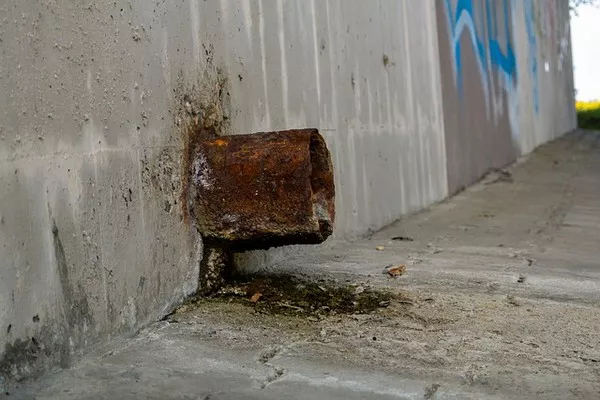Sewage treatment plants play a critical role in maintaining public health and preserving the environment by treating and purifying wastewater before it is released back into natural water bodies. The process involves a series of intricate steps designed to remove pollutants and contaminants, ensuring that the discharged water meets stringent environmental standards. This article explores the comprehensive process of sewage treatment plants, shedding light on each stage of wastewater treatment.
Preliminary Treatment:
The sewage treatment process begins with preliminary treatment, where raw sewage is first screened to remove large debris such as sticks, leaves, and plastic. This step helps protect downstream equipment from damage and ensures the efficient functioning of subsequent treatment processes. After screening, the sewage undergoes grit removal to eliminate heavy particles like sand and gravel, which could cause wear and tear on mechanical components.
Primary Treatment:
Following preliminary treatment, the wastewater moves to the primary treatment stage. In this phase, the sewage undergoes sedimentation in large settling tanks. During sedimentation, the heavier solid particles settle to the bottom as sludge, while the lighter materials, including grease and oils, rise to the surface and form a scum layer. The clarified liquid, referred to as primary effluent, is then collected and further treated in the subsequent stages.
Secondary Treatment:
Primary treatment alone is often insufficient to meet environmental discharge standards, especially regarding the removal of dissolved and colloidal organic matter. Thus, the primary effluent enters the secondary treatment stage, where biological processes are employed to break down and remove these pollutants. The two main methods of secondary treatment are activated sludge and trickling filters.
In the activated sludge process, microorganisms are introduced to the wastewater to consume organic matter. The sewage is aerated to provide an oxygen-rich environment, promoting the growth of bacteria that digest the pollutants. After aeration, the mixture is allowed to settle, and the treated water is separated from the activated sludge, which is recycled back into the process.
Alternatively, trickling filters use a bed of rocks, gravel, or synthetic media to support the growth of microorganisms. As the wastewater trickles over the media, the microorganisms break down organic matter, converting it into simpler substances. The treated water is then collected and moved to the next stage of the treatment process.
Tertiary Treatment:
While secondary treatment is effective in removing a significant portion of contaminants, tertiary treatment is often employed for further polishing the effluent and achieving the desired water quality standards. This stage utilizes advanced treatment processes, such as filtration, chemical coagulation, and disinfection.
Filtration involves passing the treated water through sand or other media to remove any remaining suspended particles. Chemical coagulation employs substances like alum or ferric chloride to form larger particles from smaller ones, aiding their removal during sedimentation. Disinfection is the final step, where the treated water is exposed to disinfectants like chlorine or ultraviolet light to eliminate any remaining pathogens.
Sludge Treatment and Disposal:
Throughout the sewage treatment process, sludge is generated as a byproduct. This sludge, composed of the solid materials removed during primary and secondary treatment, undergoes a separate treatment and disposal process. Common methods include anaerobic digestion, aerobic digestion, and dewatering.
In anaerobic digestion, microorganisms break down the organic matter in the sludge in the absence of oxygen, producing biogas as a byproduct. This process stabilizes the sludge and reduces its volume. Aerobic digestion, on the other hand, involves exposing the sludge to oxygen to promote the activity of aerobic bacteria, which decompose the organic content. Dewatering processes, such as centrifugation or belt press, are then employed to reduce the moisture content of the treated sludge, facilitating its disposal or reuse.
See Also: What Is Biological Treatment Of Wastewater
Conclusion:
The process of sewage treatment plants is a complex and vital endeavor that ensures the safe and responsible disposal of wastewater. From preliminary treatment to tertiary treatment, each stage plays a crucial role in purifying sewage and protecting the environment. As the world grapples with increasing urbanization and population growth, the importance of efficient and sustainable sewage treatment processes becomes even more pronounced. By understanding and appreciating the intricacies of sewage treatment, communities can actively contribute to the preservation of water resources and the safeguarding of public health.

